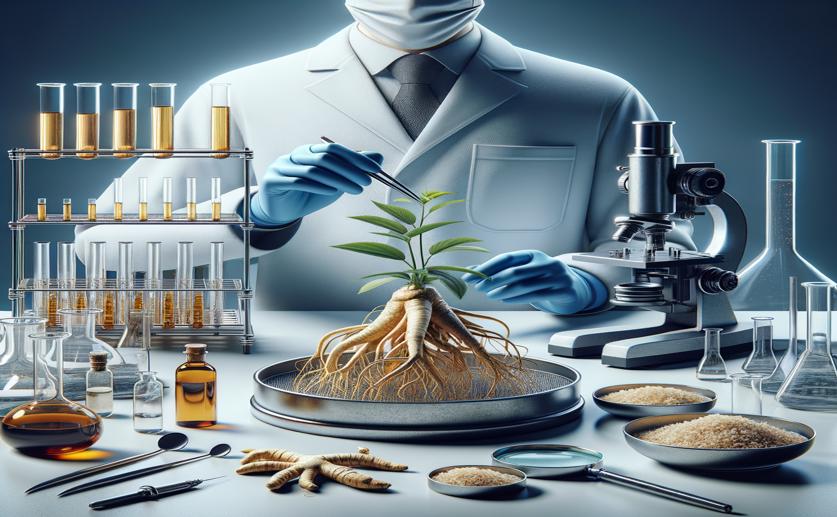
Efficient Extraction and Analysis of Beta-Ecdysone from Brazilian Ginseng
Jim Crocker
13th July, 2024

Image Source: Natural Science News, 2024
Key Findings
- Researchers at the Federal Institute of Paraná optimized a green extraction technique to extract β-ecdysone from Pfaffia glomerata
- The study found that the stem of the plant had the highest yield of β-ecdysone at 0.764%
- High-Performance Liquid Chromatography confirmed β-ecdysone in all plant parts, with the highest concentration in the stems
References
Main Study
1) Pressurized liquid extraction followed by high-performance liquid chromatography for determination of beta-ecdysone extracted from Pfaffia glomerata (Spreng.) Pedersen.
Published 11th July, 2024
https://doi.org/10.1038/s41598-024-64077-6
Related Studies
2) Phytochemical analysis of Pfaffia glomerata inflorescences by LC-ESI-MS/MS.
3) Involvement of nitric oxide in the gastroprotective effects of an aqueous extract of Pfaffia glomerata (Spreng) Pedersen, Amaranthaceae, in rats.
Journal: Life sciences, Issue: Vol 74, Issue 9, Jan 2004



 8th July, 2024 | Greg Howard
8th July, 2024 | Greg Howard